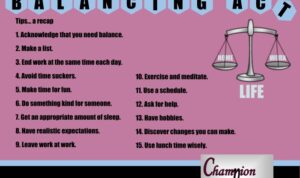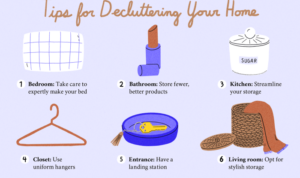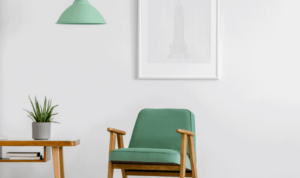Get ready to dive into the world of Minimalist Lifestyle Tips, where less is more and simplicity reigns supreme. From decluttering hacks to capsule wardrobe essentials, this guide has everything you need to embrace minimalism like a boss.
Discover the secrets to living a clutter-free life and creating a peaceful sanctuary within your home. Let’s explore the art of minimalist living together!
Introduction to Minimalist Lifestyle
A minimalist lifestyle is all about living with less, focusing on what truly matters, and eliminating distractions that do not add value to your life. It involves decluttering your physical space, simplifying your daily routines, and prioritizing experiences over material possessions.
Benefits of Adopting a Minimalist Lifestyle
- Reduced stress and anxiety: By decluttering your surroundings, you can create a sense of calm and peace in your living space.
- Increased focus and productivity: With fewer distractions, you can concentrate better on tasks and achieve more in less time.
- Financial freedom: Minimalism encourages mindful spending and helps you save money by not constantly buying unnecessary items.
- Improved relationships: By prioritizing experiences and quality time with loved ones, you can strengthen your connections and create meaningful memories.
Examples of How Minimalism Can Improve Overall Well-being
- Minimalist wardrobe: Having a capsule wardrobe with essential pieces can simplify your daily outfit choices, reduce decision fatigue, and boost your confidence.
- Digital detox: Limiting screen time, unsubscribing from unnecessary emails, and decluttering digital files can help you disconnect from technology and be more present in the moment.
- Mindful consumption: Being intentional about what you bring into your life, whether it’s food, products, or commitments, can lead to a more fulfilling and balanced lifestyle.
Decluttering Tips
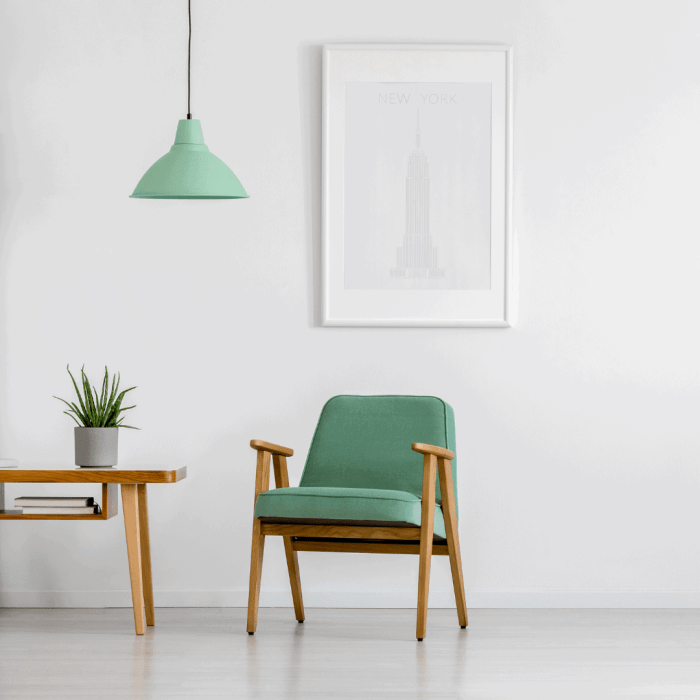
Decluttering your living spaces is essential for maintaining a minimalist lifestyle and achieving mental clarity. It can be challenging to let go of sentimental items, but with the right strategies, you can declutter effectively and create a more peaceful environment.
Set Clear Goals
When embarking on a decluttering journey, it’s important to set clear goals for each space you want to tackle. Whether it’s decluttering your closet, kitchen, or office, having a specific goal in mind will help you stay focused and motivated throughout the process.
Start Small, Minimalist Lifestyle Tips
Begin decluttering by focusing on one area at a time. Starting with a small space like a drawer or a shelf can help you build momentum and prevent overwhelm. Once you see progress in a small area, you’ll be more motivated to tackle larger spaces.
Use the One-Year Rule
When deciding whether to keep or let go of an item, consider if you have used it in the past year. If not, it might be time to say goodbye. Holding onto items that serve no purpose only adds to the clutter in your space.
Digitize Sentimental Items
For sentimental items like old letters, photos, or cards, consider digitizing them to save space while still preserving the memories. You can scan or take photos of these items and create digital albums to cherish them without cluttering your physical space.
Practice Mindfulness
During the decluttering process, practice mindfulness by being present and intentional about the items you choose to keep. Consider the value an item adds to your life and let go of anything that no longer serves a purpose or brings you joy.
Minimalist Home Decor Ideas
When it comes to minimalist home decor, less is definitely more. Embracing simplicity and functionality is key to achieving a calming and clutter-free space. By following minimalist interior design principles, you can create a stylish and serene home that promotes a sense of peace and tranquility.
Explore Minimalist Interior Design Principles
- Avoid clutter by only displaying items that serve a purpose or bring you joy.
- Opt for neutral colors like white, beige, or gray to create a clean and timeless look.
- Focus on clean lines and simple shapes for furniture and decor pieces.
- Embrace natural light and open spaces to create a sense of airiness.
Examples of Minimalist Home Decor Styles
- Japanese Zen: Incorporate elements like bamboo, neutral colors, and minimal furniture for a peaceful atmosphere.
- Scandinavian: Opt for light wood, simple patterns, and cozy textiles to create a warm and inviting space.
- Industrial Minimalism: Embrace raw materials like metal and concrete, paired with sleek furniture for a modern and edgy look.
Create a Calming and Functional Space with Minimalist Decor
- Focus on quality over quantity when selecting furniture and decor pieces.
- Utilize smart storage solutions to keep clutter at bay and maintain a tidy space.
- Incorporate plants and natural elements to bring a sense of tranquility and connection to the outdoors.
- Choose multi-functional furniture pieces to maximize space and functionality.
Capsule Wardrobe Guide: Minimalist Lifestyle Tips
Creating a capsule wardrobe involves curating a collection of essential clothing items that can be mixed and matched to create various outfits, focusing on quality over quantity.
Building a Versatile Capsule Wardrobe
- Start by assessing your personal style and lifestyle to determine the key pieces you need.
- Choose a color palette that complements each other to ensure easy outfit coordination.
- Invest in high-quality basics like a white shirt, black pants, and a versatile blazer.
- Select statement pieces that can add personality and variety to your capsule wardrobe.
- Consider the seasonality of your clothes and adjust your capsule wardrobe accordingly.
Benefits of a Minimalist Approach to Clothing
- Reduces decision fatigue by simplifying your daily outfit choices.
- Promotes sustainable fashion practices by focusing on quality, long-lasting pieces.
- Saves money in the long run by investing in timeless pieces rather than trendy items.
- Creates a clutter-free closet that reflects your personal style and makes getting dressed easier.
Minimalist Budgeting Tips
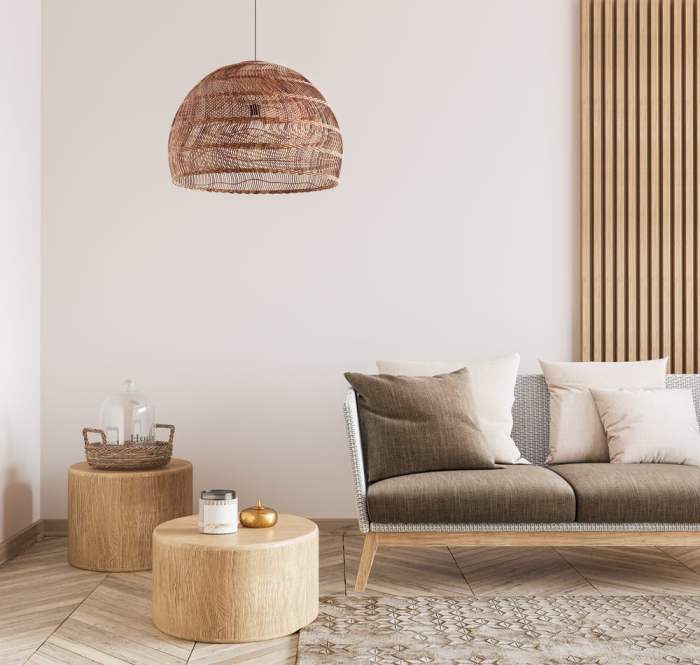
In a minimalist lifestyle, budgeting plays a crucial role in maintaining financial stability and prioritizing spending on what truly matters. By focusing on essentials and experiences over material possessions, you can achieve a more fulfilling life while saving money.
Strategies for Minimalist Budgeting
- Track your expenses diligently to understand where your money is going.
- Create a minimalist budget that includes only necessary expenses like bills, groceries, and savings.
- Avoid impulse purchases by practicing mindful spending and questioning the value of each item.
- Consider selling or donating items you no longer need to generate extra income and declutter your space.
Financial Benefits of Minimalism
- Minimalism can lead to reduced stress and anxiety by eliminating financial clutter and promoting intentional spending.
- By focusing on experiences rather than material possessions, you can create lasting memories and enhance your overall well-being.
- Minimalist budgeting can help you achieve financial goals faster, such as saving for a dream vacation or early retirement.
Prioritizing Spending on Essentials and Experiences
- Allocate a higher percentage of your budget towards experiences like travel, hobbies, and quality time with loved ones.
- Invest in high-quality essentials that will last longer and provide more value in the long run.
- Avoid lifestyle inflation by resisting the urge to upgrade to unnecessary luxury items and focus on what truly brings you joy.








